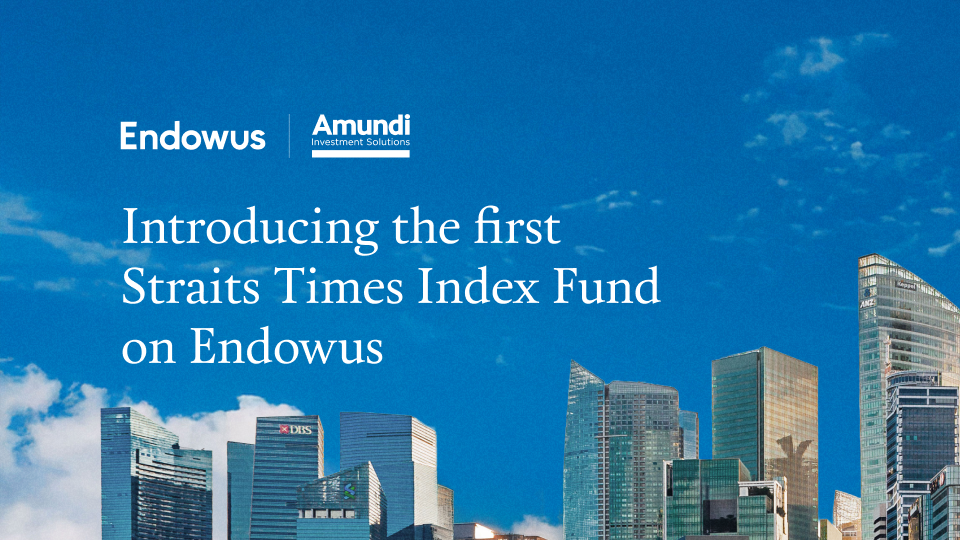Register for the event
Endowus invites you to our exclusive event with Macquarie Asset Management, as we discuss unlocking opportunities in Infrastructure- a $1.3tn asset class.
This event is reserved for Accredited Investors (AIs) only. To register for the event, please indicate one of the following:
DIF only darling...
- She said while delicately lifting her teacup and taking a sip
My friend recently tasked me to covertly ask his girlfriend about her diamond expectations. Avoiding disaster, we learned her highly specific and perhaps unrealistic requirements (DIF, a standard of diamond). Once you've figured out the size, it's about color and clarity (and of course, price). Investing is very much the same.
Now that we understand the size dimension, (small companies have higher long-term expected returns than large companies), we can dig into the "color" and "clarity" equivalents of companies, which are value and profitability. This week we will focus on value.
Those of you who are kiasu like us love a good deal.
Wouldn't it be great if we could find that perfect DIF stone at a GVS price? (You are now becoming a diamond and investment expert). They exist - you just have to learn how to find them.
Nobel-Laureate Professor Fama and Professor French use price-to-book, or the price of a company's stock versus the value of its assets, to determine value. They found that value stocks (lower price-to-book ratio) outperformed their more expensive growth counterparts (higher price-to-book ratio) over long time horizons, discovering the value premium.
Adding the value dimension in investing has paid off, and even more so when you combine the size dimension. Look at small-cap value performance below:

$10,000 invested in developed world small-cap value 30 years ago would be >$458,000 today vs. $132,500 if invested in large-caps.
Every company has its nuances so the key is not to pick stocks but to buy a diversified pool of companies with your desired characteristics. Build your long-term diversified portfolio tilted towards small-cap and value companies to increase your expected return.









.webp)




%20(1).gif)






%20F1(2).webp)

.webp)






.webp)